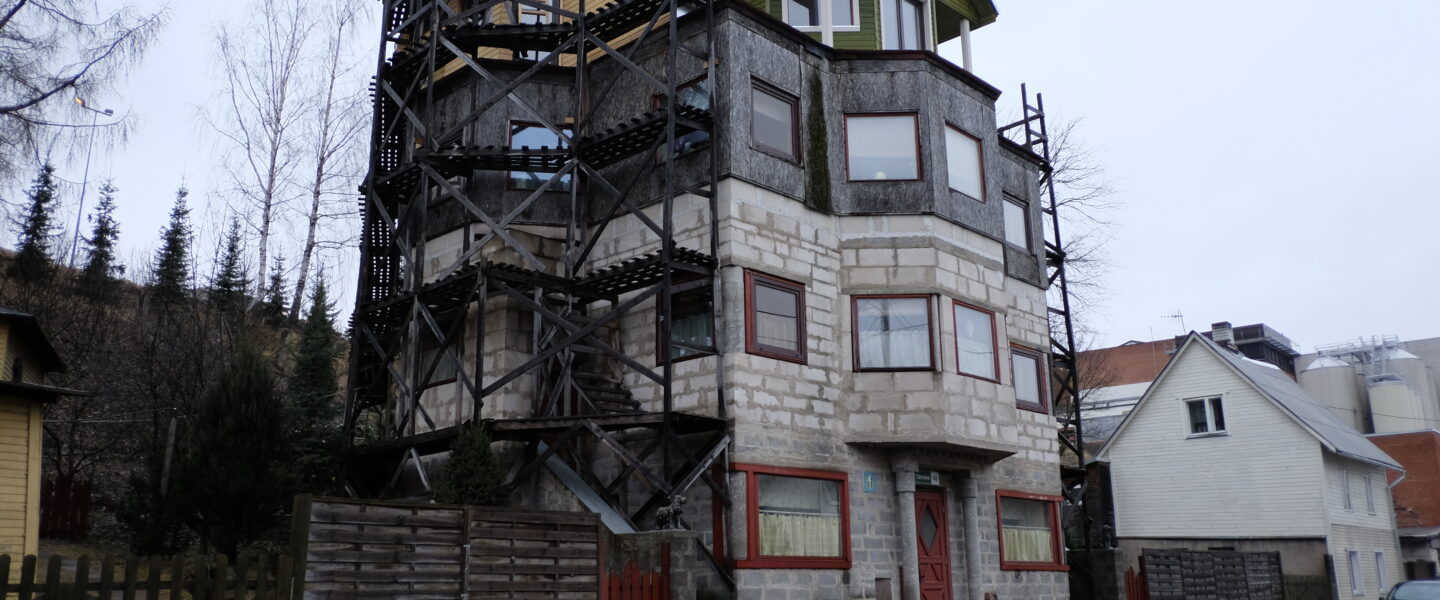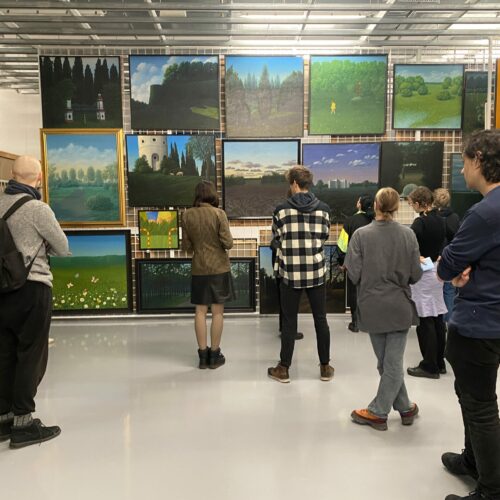Training Courses

In-Service Training for Architectural, Conservation and Cultural Heritage Graduates
Along with providing a specialised formal education in cultural heritage and restoration, an important field of activity for the Academy’s Department of Cultural Heritage and Conservation is the provision of in-service training. In 1995, the Estonian Academy of Arts started the first in-service training course in restoration for architects, civil engineers, art historians and people working in cultural heritage. Adult continuing education was a relative new educational field in Estonia at that time, and the course was also the first, and to date most successful, long-term in-service training course at the Academy of Arts.
The in-service course for architectural conservation and restoration is comprised of specialised modules, which focus on the main areas of architectural restoration:
- History and theory of cultural heritage
- Sources and investigation
- Legislation, planning and protection of the cultural environment
- Historical materials and restoration technologies
- Problems in restoration of historical buildings
- Historical interiors
- Heritage conservation oversight
- The environment and architecture
- Practical restoration techniques
In addition, knowledge is also refreshed with lectures on Estonia’s architectural history.
The lecturers teaching the course are members of the faculties at the Estonian Academy of Arts, Tallinn University of Technology and University of Tartu, and also include the country’s recognised restoration specialists. Considering the fact that the instructors are experienced people in their field, the studies focus primarily on the transmission of theoretical knowledge in lecture form. In the specialised seminars and practical training, the students get a chance to try their hand at making and working with traditional lime mortar, restoring doors, windows and other wooden details, and preparing and using forgotten, but rediscovered, historical interior paints.
In addition to the lectures, interesting study trips are made to recently restored objects or ones that are in the process of being restored.
The studies are conducted twice a month on Fridays, Saturdays and Sundays. The study materials for the in-service training course are available from the Academy’s online study environment.
A final paper must be written and defended in order to complete the course. This should be comprised of the history of an old building: the analysis of its architectural whole, technical condition and material utilisation. Or, the paper can also be based on the same aspects of a previously restored or conserved object.
Upon the completion of the training course the graduate is issued a certificate by the Academy’s Open Academy, along with the corresponding academic record. The graduation ceremony, where the certificates are handed out, at the spring conferences organised by the Academy’s Department of Cultural Heritage and Conservation has become a nice tradition.
With the graduation certificate issued upon the completion of the in-service training, the trainee has the right to apply to the National Heritage Board for a certificate of competency for working on monuments. In addition to other requirements, the person applying for a certificate must have passed in-service training corresponding to the requested area of activity for operation on an architectural monument, cemetery that is a historical monument and churchyard.

